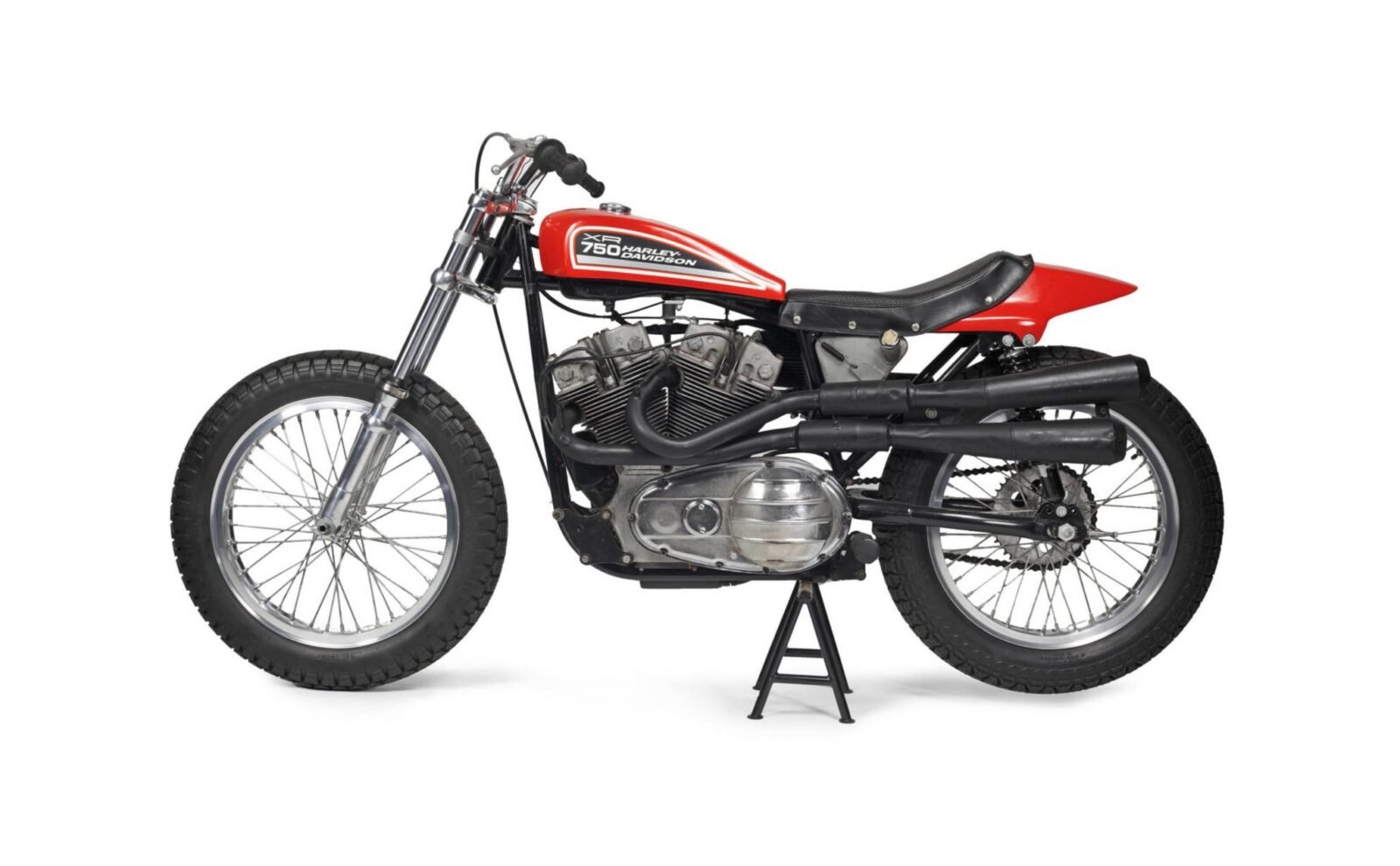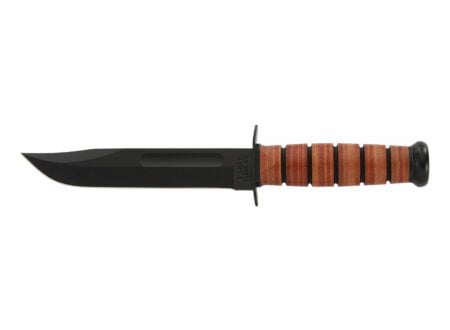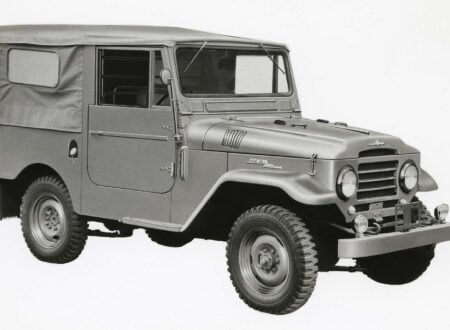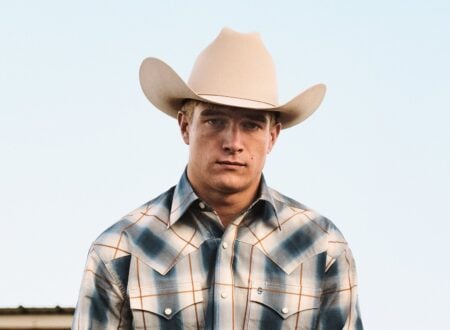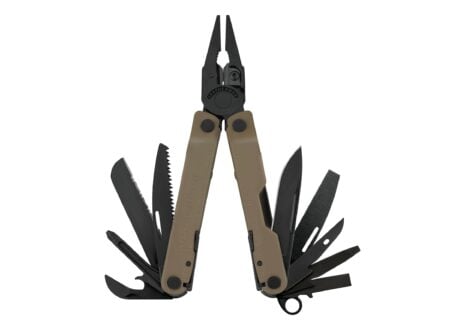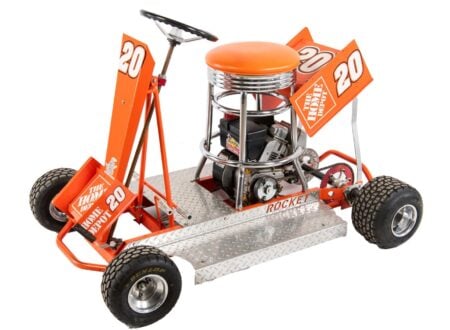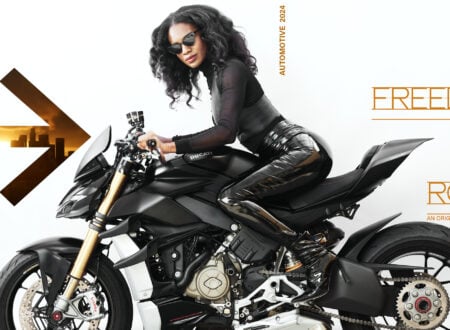In a roundabout way, we owe the existence of the Harley-Davidson XR-750 to the Brits. They didn’t design it or built it of course, but what they did do was complain – loudly and often – about the rules governing the Grand National Championship which excluded them by design.
Prior to 1969 the American Motorcyclist Association (AMA) rules for the AMA Grand National Championship were deliberately structured to favor side-valve engines rather than overhead-valve engines.
The result of this was to favor American made bikes such as those from Harley-Davidson with their side-valve engines, and to disadvantage the overseas competition which was mainly from British motorcycles especially Triumph, BSA, and Norton. The AMA rules prior to 1969 allowed side-valve engines of up to 750cc capacity but OHV engines were limited to 500cc. With their 50% engine size advantage the odds were stacked in the favor of the side-valve bikes.
The British motorcycle manufacturers put up with that for a while but by the late sixties their market in the USA for bikes around 500cc was shrinking and customer demand for bikes in the 650cc and 750cc classes was increasing. So the British worked to get the AMA to level the playing field and in 1969 the sought after rule change was enacted so that both side-valve and overhead-valve engines of up to 750cc were allowed in the AMA Grand National Championship.
The effect of this on Harley-Davidson was to precipitate the need for a new OHV-engined racing bike that could successfully compete against the Brits and keep the Stars and Stripes at the forefront of AMA competition.
The Creation of the XR-750
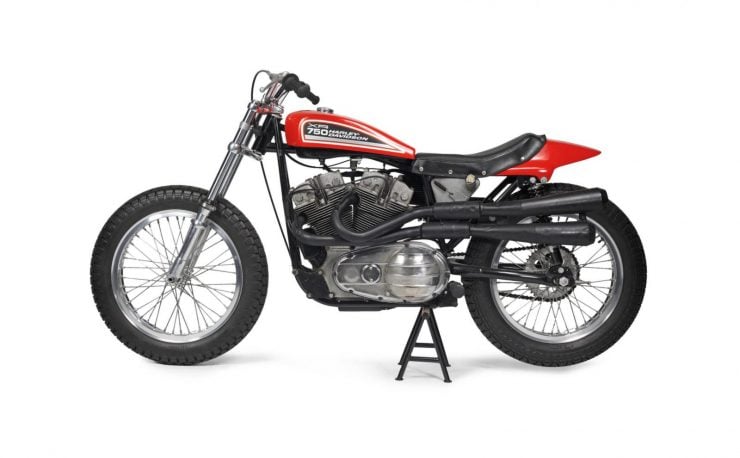
The OHV Engine (Iron Head, 1970-1971)
To create their new OHV racing motorcycle engine Harley-Davidson did not have to start from scratch because they already had an OHV V-twin racing engine based on the Sportster XLR, the problem being that engine was a 900cc (55 cu. in.) unit that would need to have its capacity reduced to 750cc. To accomplish this Harley-Davidson engineers decreased the engine’s stroke from 3.81″ to 2.983″ and increased the bore from 3.0″ to 3.2″ bringing the engine in just under the 750cc maximum.
That engine, based on the Harley-Davidson Sportster XLR, featured the four camshaft design originally created by Bill Harley back in 1929. This design provided an individual camshaft to operate each of the four valves, and although this might sound needlessly complicated, it had the advantage that each push-rod was kept at the best angle for the camshaft to operate the rocker arms and it enabled fine tweaking of the cam timing.
The cams were connected by gears to the crankshaft and formed a rugged and reliable system. This new engine with its compression ratio of 8.5:1 had iron cylinder heads, something which was to prove problematical with engine overheating leading to these engines being nicknamed “waffle irons”.
Ignition was provided by a magneto mounted on the cam covers. The XR-750 Harley-Davidson flat track race bikes with the Iron Head engine raced in the 1970-1971 season. They were reasonably successful when the conditions were cool and the races were on the short side but were not competitive when conditions were hot and/or the races were long.
Above Video: The new Harley-Davidson XG750R Flat-Track Racer
The Bike
The new V-twin engine was mated to a four speed gearbox in a unit construction, mated to a chain final drive, and installed into a special frame that was built light and handy for flat track racing. The XR-750 was so compactly well balanced that it would become not only a favored flat track racing bike but also a favored stunt bike. Starting with the steel twin loop full cradle Sportster frame Harley-Davidson engineers reduced the backbone frame tubing from 1.65” to 1” diameter (this frame, with modifications, became the basis for the later Harley-Davidson Café Racer.)
The fuel tank for the XR-750 was a small 2.5 US gallon (9.5 liter) fiberglass unit. Front forks were by Ceriani and rear shocks were twin Girling. The 19”x4” wheels were spoked with aluminum rims. The fiberglass seat’s height was kept low at 31” (790mm). This was a dirt track racing bike that was made to go, not to stop, so there was no front brake. Dry weight of the bike was just 295lb (134kg).
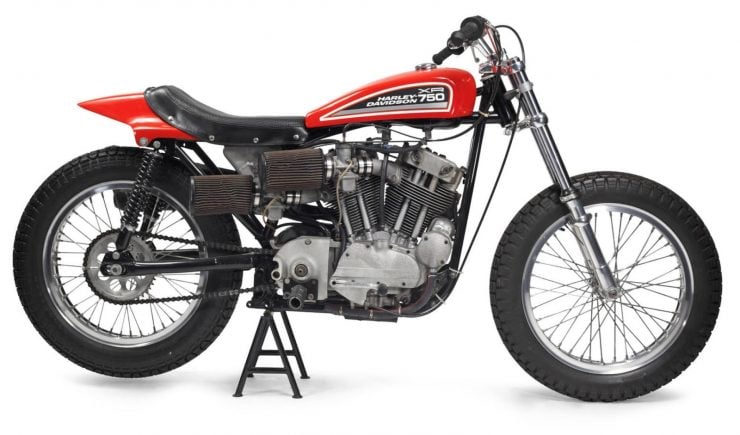
The OHV Engine (Alloy Head, 1972-1985)
With the XR-750 proving itself to be a partial success, with the exception of the “waffle iron” overheating problems, Harley-Davidson engineers knew they would have to bite the bullet and shift to aluminum cylinder heads combined with some improvements to the engine in order to make their racing bike run cooler.
New alloy heads were designed and made, then sent to Jerry Branch of Branch Flowmetrics in Long Beach, California to be ported and assembled. This new cylinder head design included larger valves. The cylinder heads were then sent back to Harley-Davidson’s factory in Milwaukee for fitting to the new engines.
This V-twin engine was not quite of the same dimensions as the Iron Head. The bore was increased to 3.1” and the stroke reduced to 3”. Carburettors were 36mm Mikuni, one for each cylinder. The exhaust systems were mounted high on the left side of the bike well away from the carburettors. Power was 82hp at 7,700rpm giving the bike a top speed of around 115mph (185km/hr).
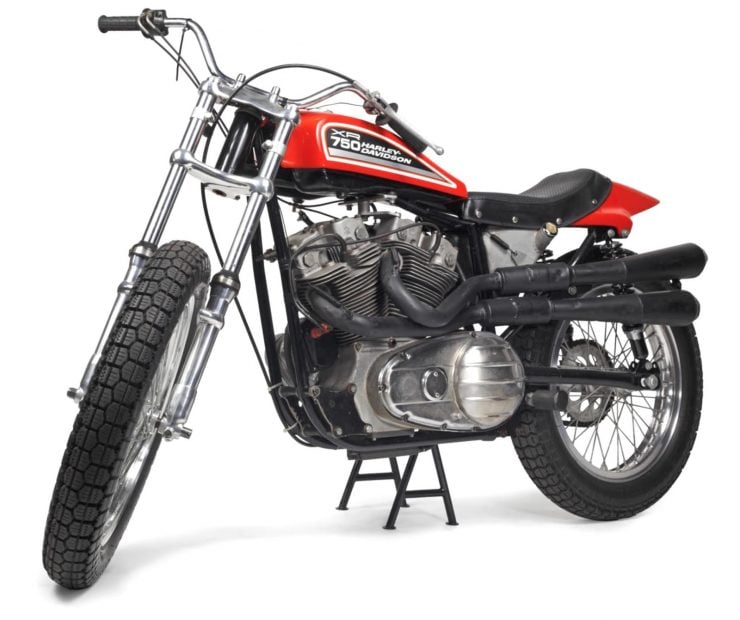
The Harley-Davidson XR-750 in Competition
Back in 1969 when the AMA changed the rules to remove the advantage for side-valve engines the folks at Harley-Davidson were likely not happy about the change. But being forced to develop the new OHV 750cc competition engine proved to be a great move for Harley-Davidson and by the time they got their new alloy head 750cc racing V-twin perfected they had a world beater motorcycle.
The Harley-Davidson XR-750 would go on to dominate in dirt track competition right up into the twenty first century. From its introduction in 1972 until 2008 the XR-750 would win twenty nine of the thirty seven AMA Grand National Championships. The XR-750 racked up more wins than any other motorcycle in AMA racing history and earned itself the description of being the “most successful race bike of all time”.
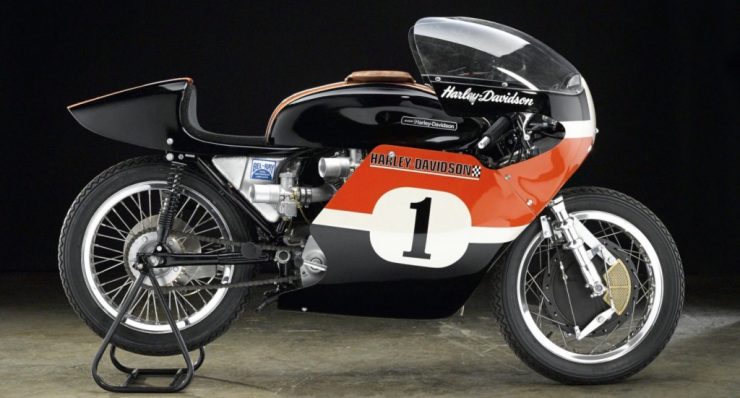
The Harley-Davidson XRTT Road Race Version
With the success of the XR-750 dirt track motorcycle Harley-Davidson decided to create a road racing version which they named the XRTT (the “TT” was likely a reference to the legendary Isle of Man TT). The XR-750 needed some significant modifications to turn it into a competitive road racing motorcycle.
A road racing bike needs to both go and stop quickly and so the Harley-Davidson XRTT was provided with dual Fontana four leading shoe front drum brakes and a single disc rear brake. The Fontana drum brake assembly was however too heavy and added too much unsprung weight so it was changed to front discs. Interestingly, the XRTT was the last racing motorcycle to be fitted with drum brakes.
The XRTT was fitted with a fiberglass road racing fairing which included a heat shield for the rider’s left leg. The fiberglass fuel tank capacity was increased to 6 US gallons (23 liters) and an aluminum oil tank was installed. The bike had Ceriani front forks and twin Girling shocks at the rear similar to its dirt track sibling.
The XRTT featured a tuned dual reverse cone exhaust system. In the XRTT the alloy head engine from the XR-750 produced around 80hp when first introduced in 1972 which was progressively increased to around 100hp by 2008 as the bike reached the end of its competitive life.
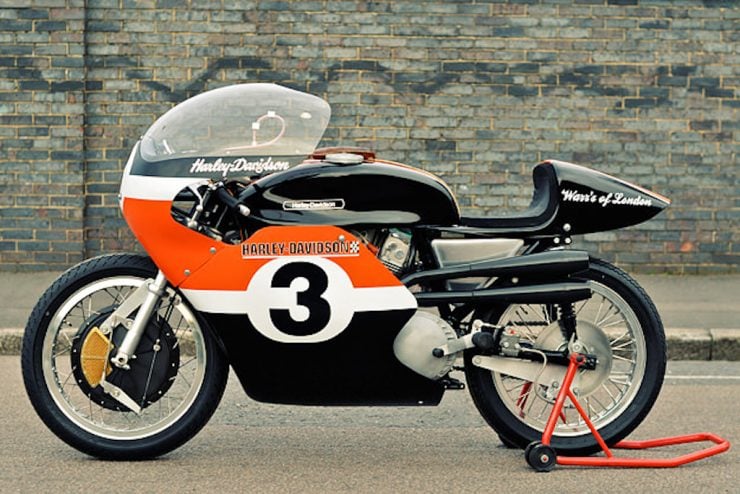
Street Versions, the XR-1000 and XR-1200
With the success of the XR-750 in competition the predictable response from Harley-Davidson aficionados was to want to buy a street legal and street practical version. Race bikes are finely tuned thoroughbreds and not really suitable for day to day road transport or touring and it took Harley-Davidson thirteen years before they decided to offer a road bike that was based on the XR-750. This was the XR-1000 and it was a blending of XR-750 and Harley-Davidson XLX Sportster parts to create a practical road bike with some of the XR-750’s character.
The XR-1000 had a 1000cc engine, two high rise flat track style exhausts, and twin Dell’Orto carburettors with K&N type filters. The XR-1000 sold for almost double the price of the base model Sportster XL and it consequently sold poorly and was discontinued after two years production from 1983-1984 inclusive. Harley-Davidson made another motorcycle intended not to be a road going likeness of the XR-750 so much as a Sportster with a bit of a café racer monoposto style about it.
This bike was the XR-1200 and it was introduced in 2008. The XR-1200 featured an Evolution engine producing 90bhp. Front brakes were twin discs with four pistons and the exhaust system on the right side of the bike was styled to be sweeping upwards at the rear. This bike received good reviews for the riding experience it provided. The riding position was quite upright as befits a practical road motorcycle.
Handling was said to be excellent although the ride was firm. The bike’s engine put out 90bhp which was a nice increase over the 60bhp of the standard Sportster. The XR-1200 received some bad press regarding build quality, some owners seemed happy with their bikes but a significant proportion were critical. The model was discontinued in 2013.
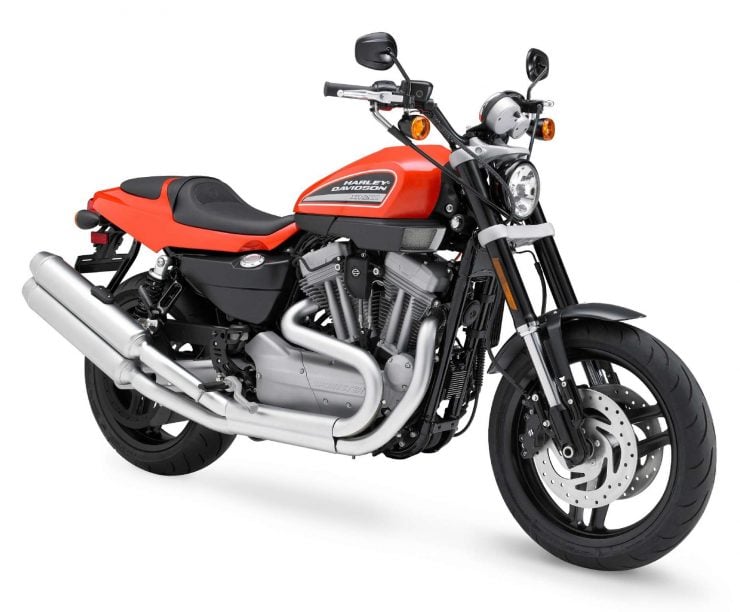
The Harley-Davidson XR-750 as a Stunt Bike
For those who are not dirt track motorcycle racing enthusiasts the Harley-Davidson XR-750 is without doubt most famous as the stunt bike favored by the king of motorcycle jumping – Evel Knievel. Evel adopted the Harley-Davidson XR-750 back in 1970 when it was a very new model and he used it right through until he retired in 1976 (although he tried one last jump in 1977 which was not successful). As he himself said “Anybody can jump a motorcycle. The trouble begins when you try to land it.”
On his Harley-Davidson XR-750 Evel Knievel’s records for motorcycle jumps include a 129 foot jump over nineteen cars in 1971 (when the XR-750 was still using the ironhead engine) and a 133 foot jump over fourteen buses at Kings Island in 1975. Other stunt men have also used the XR-750 and even exceeded Evel Knievel’s records. Bubba Blackwell used an XR-750 to jump 157 feet over fifteen buses in 1999. In 2015 stunt rider Doug Danger jumped Evel Knievel’s personal 1972 Harley-Davidson XR-750 over 22 cars at the Sturgis Rally beating Evel Knievel’s record by one car. Had Knievel witnessed it would no doubt have put a smile on his face.
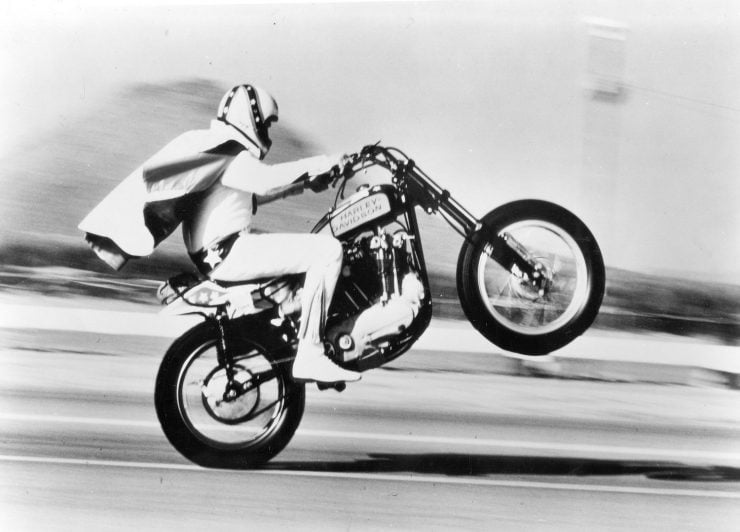
Conclusion
The XR-750 was a bike that Harley-Davidson may not have wanted to create back in 1969 when they were between a rock and a hard place and they just plain had to. But in taking on that design challenge Harley-Davidson created one of the greatest bikes in the history of American motorcycling.
It was and still is a bike that Bill Harley would have loved. Harley-Davidson recently brought out a new flat track dirt race bike, the XG750R. It looks like it should prove to be a worthy successor to its XR-750 godfather – but it certainly does have big boots to fill.

Articles that Ben has written have been covered on CNN, Popular Mechanics, Smithsonian Magazine, Road & Track Magazine, the official Pinterest blog, the official eBay Motors blog, BuzzFeed, Autoweek Magazine, Wired Magazine, Autoblog, Gear Patrol, Jalopnik, The Verge, and many more.
Silodrome was founded by Ben back in 2010, in the years since the site has grown to become a world leader in the alternative and vintage motoring sector, with well over a million monthly readers from around the world and many hundreds of thousands of followers on social media.

